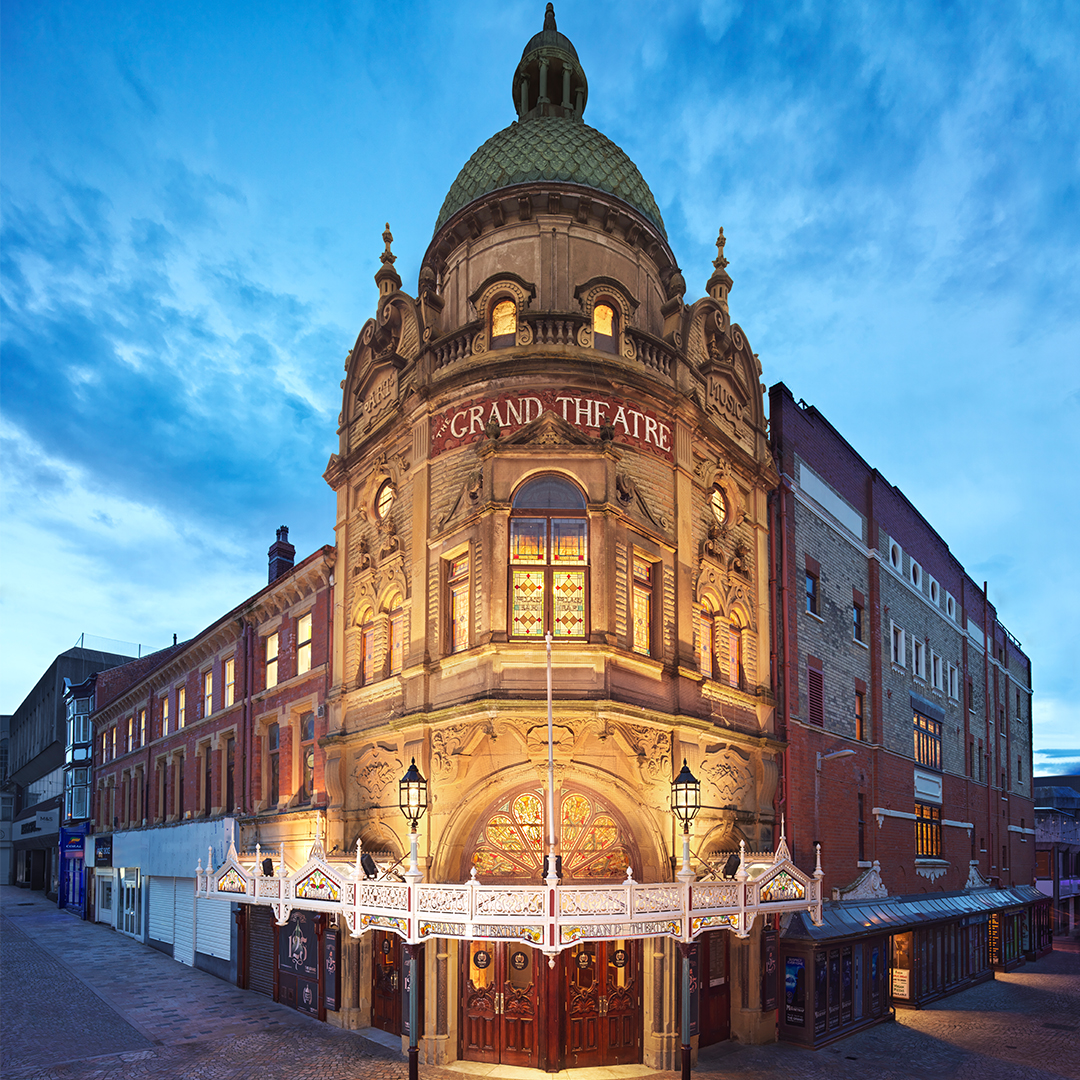

Robert Louis Stevenson: 10 strange facts about Jekyll and Hyde author
min read
Share
With Halloween almost around the corner, we’re getting ready for some spooky scary fun! What better way to do that than with the original Gothic horror Jekyll and Hyde? Here are 10 strange facts about the Jekyll and Hyde author that you might not know…
STEVENSON WAS AN EARLY STARTER
Robert Louis Balfour Stevenson, who was born in Edinburgh on November 13 1850, came from a long line of eminent lighthouse engineers. His father was the Reverend Lewis Balfour. At the age of six, he began dictating his first story, called A History of Moses, to his mother, Margaret.
HE WAS ARRESTED FOR THROWING SNOWBALLS
As a teenager he was a young dandy, whose habit of wearing a velveteen coat and wide-brimmed hat earned him the nickname ‘Velvet Jacket. As a student at Edinburgh University he used to hang out at Rutherford’s Bar. His cousin recalled that when he was watching a snowball fight between students and locals in the quadrangle of the University, Stevenson was “craning his neck too much in his keen enjoyment” and “overbalanced”. He slipped from his perch on a ledge and was captured by a “bobby” and “ignominiously marched off to the Police Office”. Stevenson was a law student.
HE WROTE UNDER AN ASSUMED NAME
When Stevenson first wrote Treasure Island, he submitted his stories under nom-de-plume of Captain George North to a children’s periodical called Young Folks.
HE INVENTED THE SLEEPING BAG
According to the Stevenson House website: “R.L.S. has a good claim to be the inventor of the Sleeping Bag, taking a large fleece-lined sack with him to sleep in on the journey through France described in his book Travels with a Donkey in the Cevennes.” For the record, his six-foot square sleeping sack was made of “green waterproof cart-cloth without and blue sheep’s fur within”.
HE WAS PARTIAL TO CORSELETS
Stevenson collected corselets (a sort of protective girdle) and was particularly proud of his ones from the Gilbert Island, which were designed to offer effective protection against sharks’ teeth weapons, throwing spears and European knives and bayonets. They were made of coconut fibre and decorated with human hair. They were given to him by King Tembinoka, the Tyrant of the Island of Apemama.
HE HAD WOODEN TEETH
When he was living in America in 1878 and pursuing the unhappily married Fanny Vandegrift Osbourne – a woman 11 years his senior – Stevenson lived in San Francisco’s Chinatown. He was lonely and in poor health and while in Tubbs Hotel he had trouble with a bleeding mouth and rotten teeth. A local dentist removed all his teeth and fitted him with false wooden replacements. He married Fanny shortly afterwards
MUSIC SOOTHED HIS SOUL
Stevenson played the piano and flageolet and wrote more than 100 original musical compositions and arrangements, including solos, duets, trios and quartet. His works include ten songs written to his own poetry.
‘LIFE IS MONSTROUS, WRITING IS RATIONAL’
In his essay A Humble Remonstrance, Stevenson set out his theory of the novel, saying: “Life is monstrous, infinite, illogical, abrupt and poignant; a work of art, in comparison, is neat, finite, self contained, rational, flowing, and emasculate …. The novel, which is a work of art, exists, not by its resemblances to life, which are forced and material . . . but by its immeasurable difference from life, which is designed and significant.”
HE LOATHED THOMAS HARDY’S NOVEL TESS
Stevenson admired Thomas Hardy but hated his novel Tess of the d’Urbervilles. In a letter to fellow writer Henry James, Stevenson said: “I was mortally wownded by Tess of the Durberfields [sic]. I do not know that I am exaggerative in criticism; but I will say that Tess is one of the worst, weakest, least sane, most voulu books I have yet read. It has no earthly connection with human life or human nature; and to be merely the ungracious portrait of a weakish man under a vow to appear clever, as a ricketty schoolchild setting up to be naughty and not knowing how. I should tell you in fairness I could never finish it.” Ouch.
HE BURNED THE FIRST DRAFT OF JEKYLL AND HYDE
Jekyll and Hyde, promoted by a dream he had while in Bournemouth of a “a fine bogey tale”, was written around the same time as Kidnapped and was partly based on Deacon Brodic, the 18th-century Edinburgh cabinetmaker. His wife Fanny complained that he had not made the allegory strong enough and he tossed the 30,000 word manuscript into the fire. Then in “a white heat”, using a quill pen and ink pot, he stayed in bed for three days and wrote a new version. He would later claim that it was the worst thing he ever wrote but The Strange Case of Dr. Jekyll and Mr. Hyde sold 40,000 copies in Britain in its first six months on sale in 1886.
WAS IT MAYONNAISE OR WINE THAT KILLED HIM?
Stevenson died in Samoa on December 3 1894. Reports at the time said he had died of “apoplexy” due to the heat. It was also described as a stroke and a cerebral hemorrhage brought on by straining to opening a jar of mayonnaise. Or a bottle of wine. No one is sure. He was 44. He was buried in a grand ceremony on Mount Vaea, Upolu and his tomb is inscribed with the words: “Home is the sailor, home from the sea,/And the hunter home from the hill.” On the day he died he had been dictating words for his unfinished novel The Chief Justice’s Clerk. He also left behind an uncompleted novel called St Ives (the story of a French prisoner who made his escape from Edinburgh Castle), The Young Chevalier, Heathercat and Weir of Hermiston.























